SUMMARY
This is AI generated summarization, which may have errors. For context, always refer to the full article.
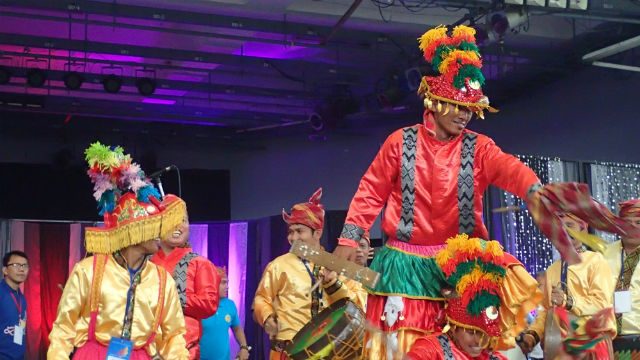
With October as Indigenous People’s Month, the Philippines celebrated Dayaw, a 3-day festival with indigenous peoples from Luzon, Visayas, and Mindanao coming together and sharing their cultural heritage through music, dances, arts and crafts, stories, and more.
Dayaw means “to present with pride,” “to show one’s best with pride and dignity coupled with excitement,” and “to honor” in different Filipino languages. The universal meaning of the word “dayaw” connotes celebration, and thus was chosen by the National Commission for Culture and the Arts (NCCA), which spearheads Dayaw, as the name for the festival.
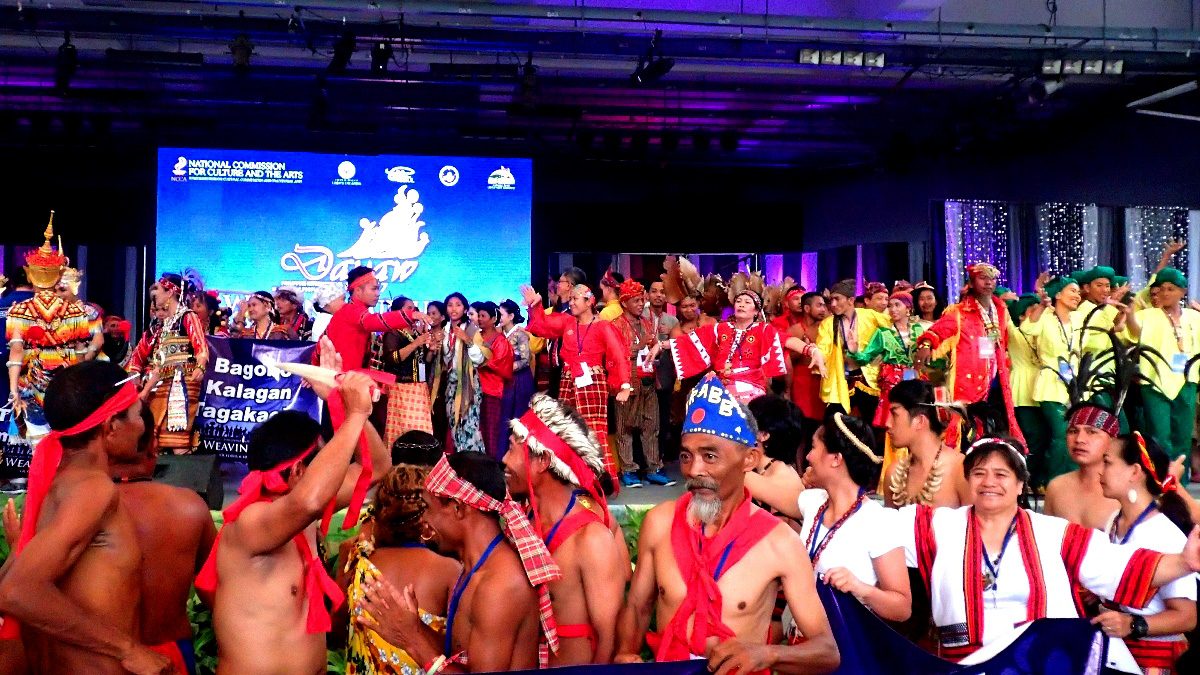
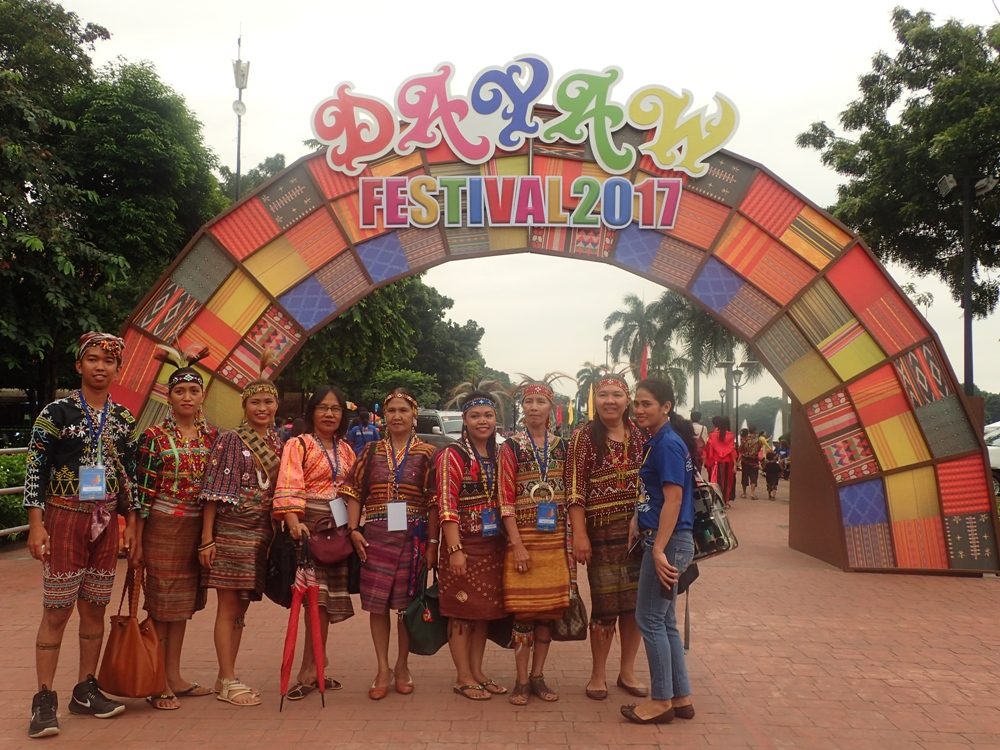
Kicking off on Sunday, October 8, over 40 indigenous peoples’ groups around the Philippines gathered at Rizal Park, with more than 30 performing their traditional dances, some cooking and sharing their cuisine with the public, and others demonstrating their crafts like pottery making and broom making. Some groups were also selling their crafts. At the venue also stood life-sized models of traditional houses festival participants and visitors could explore.
With the theme “Weaving Cultures,” Dayaw this year aimed to bring indigenous peoples closer together.
The festival began with a ritual prayer and a mini-parade onstage of the different indigenous groups at the Rizal Park Auditorium, followed by their on-the-spot cooking of traditional cuisine and crafts making.
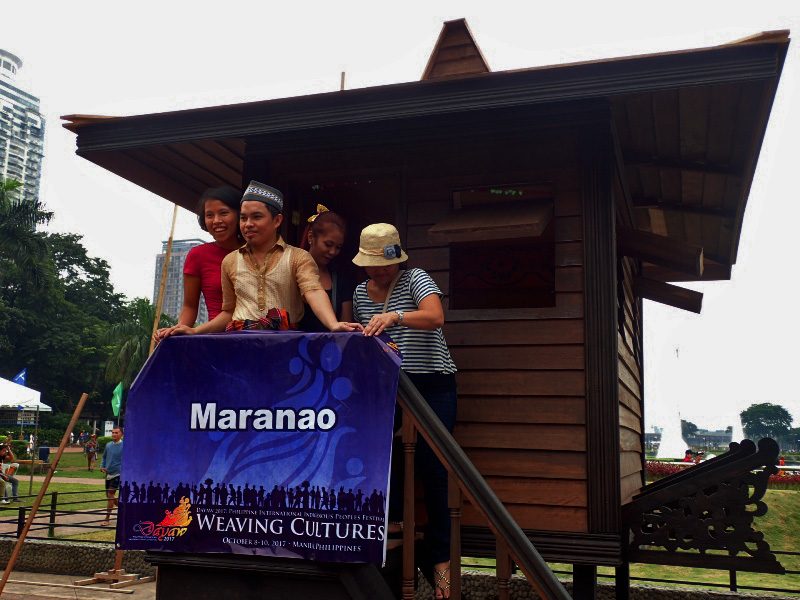
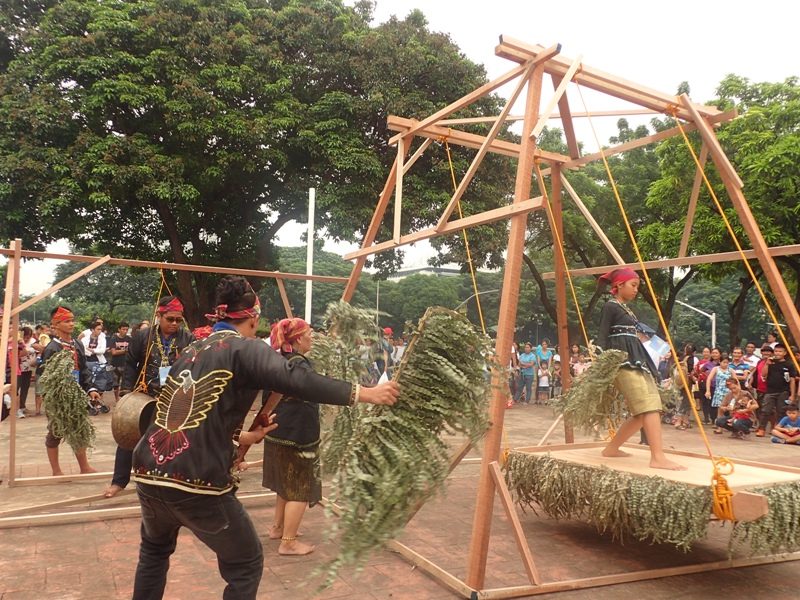
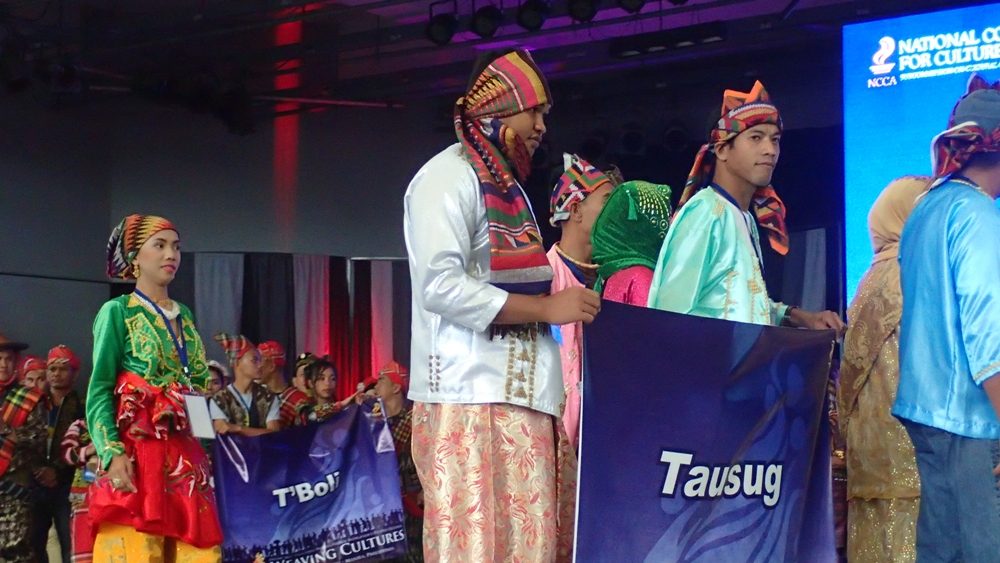
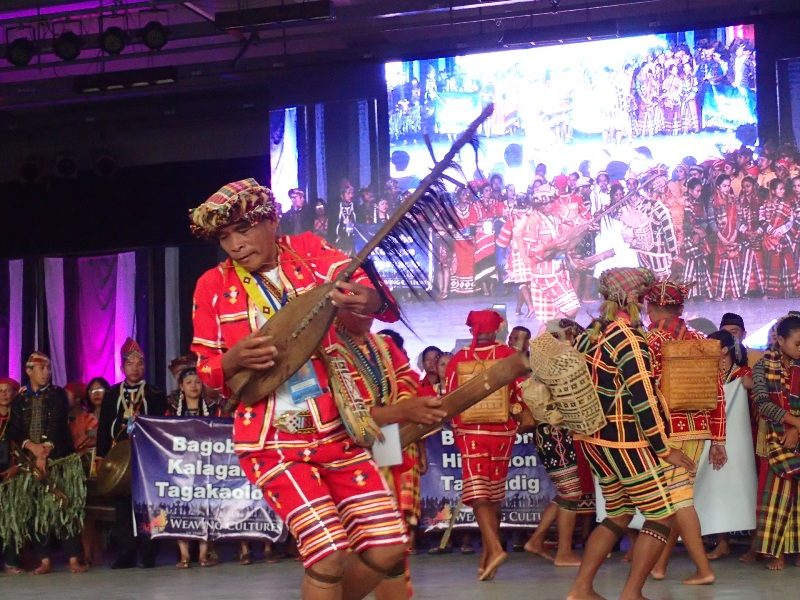
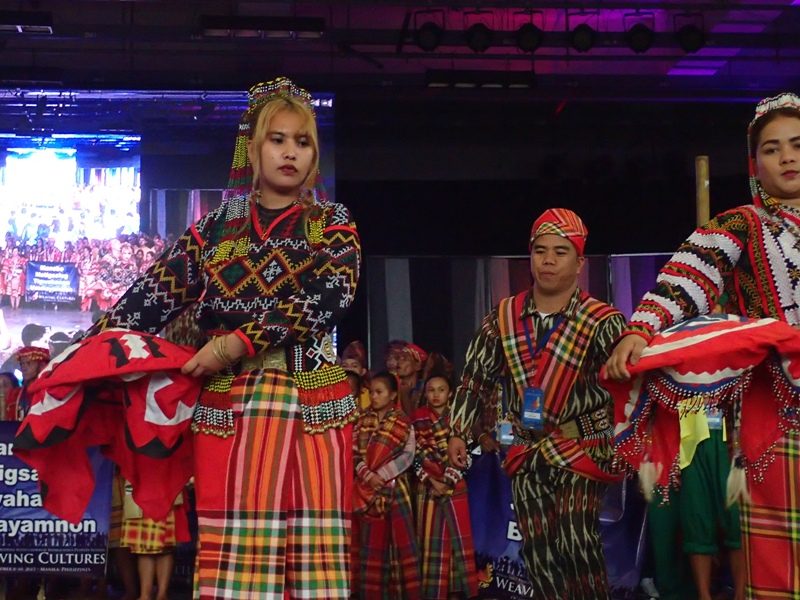
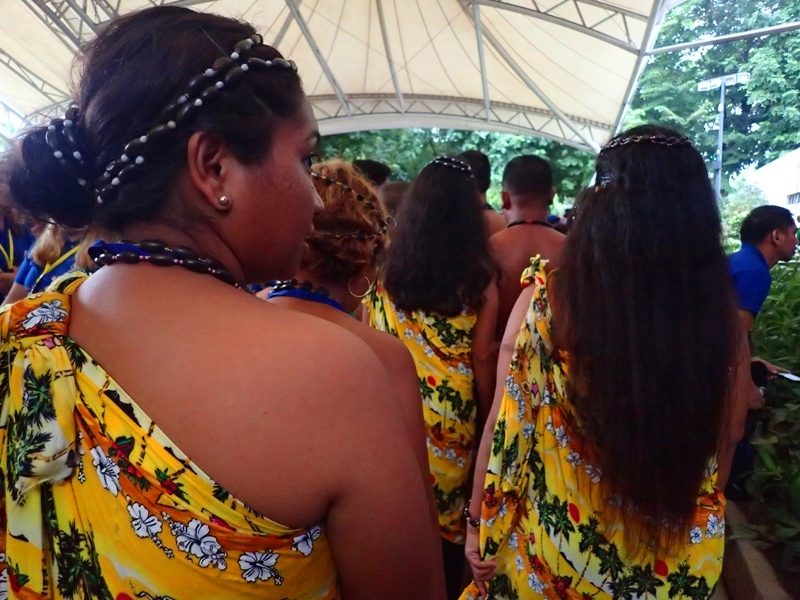
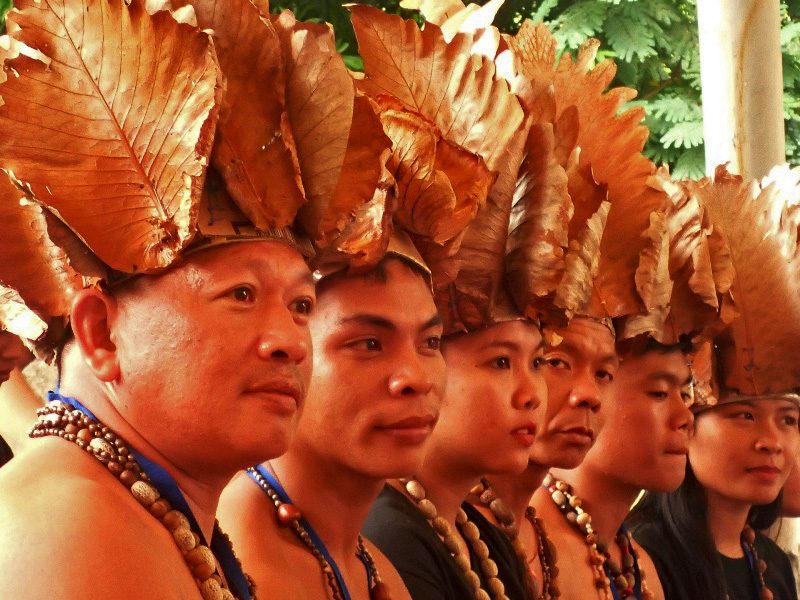
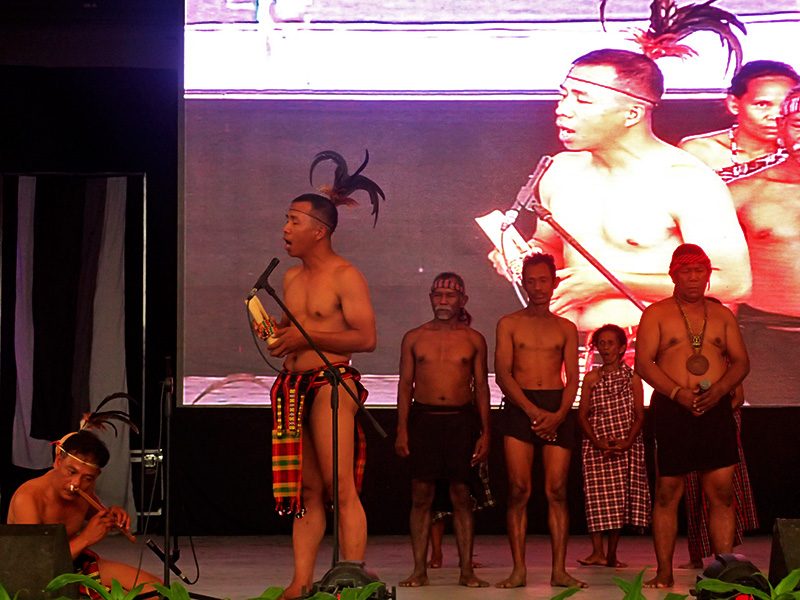
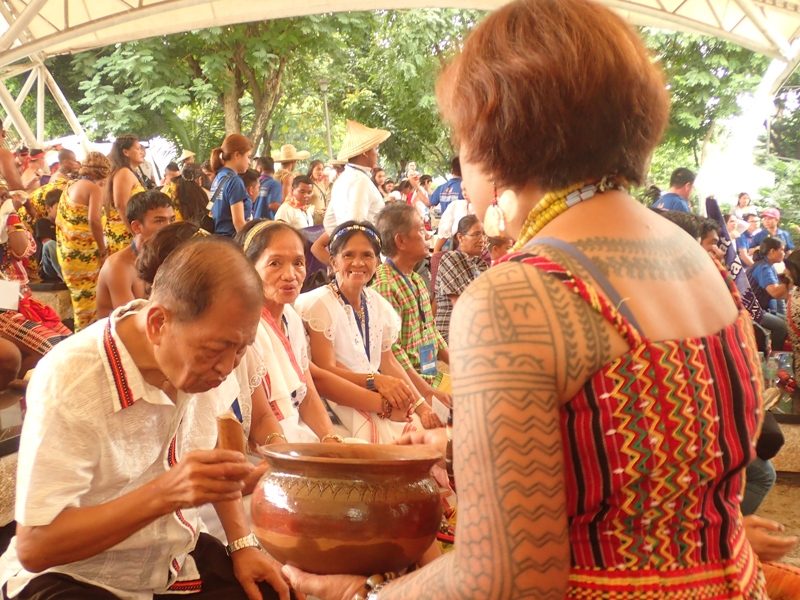
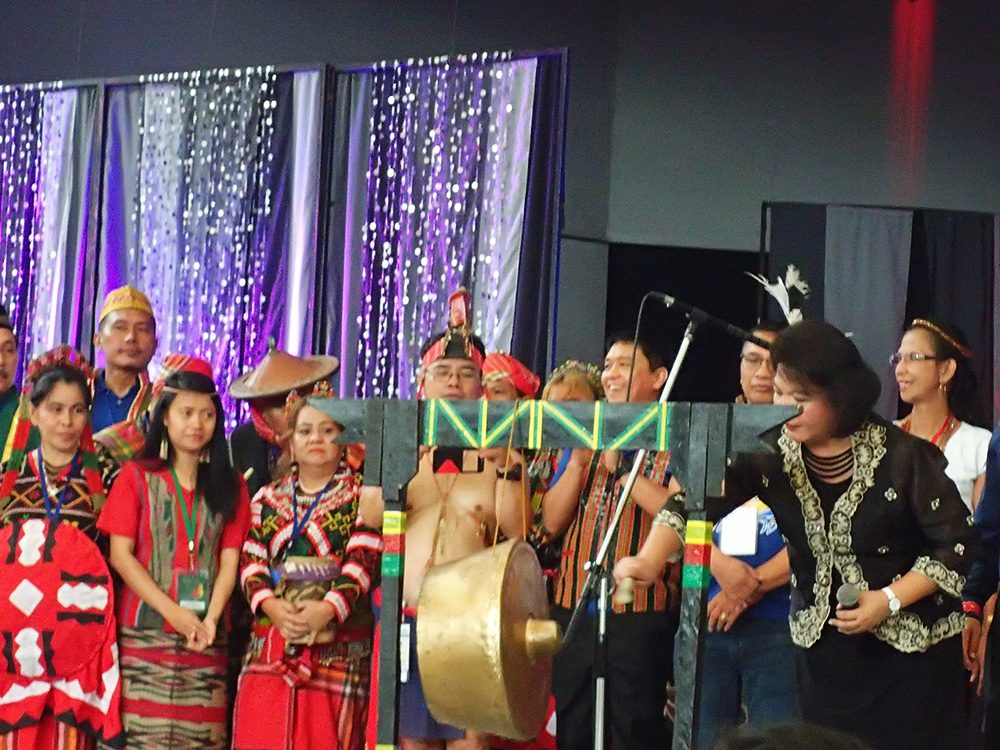
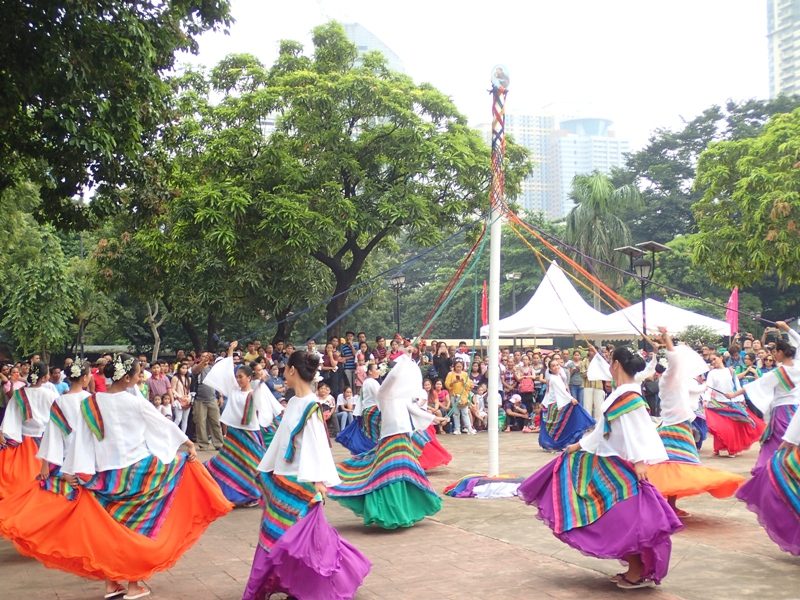
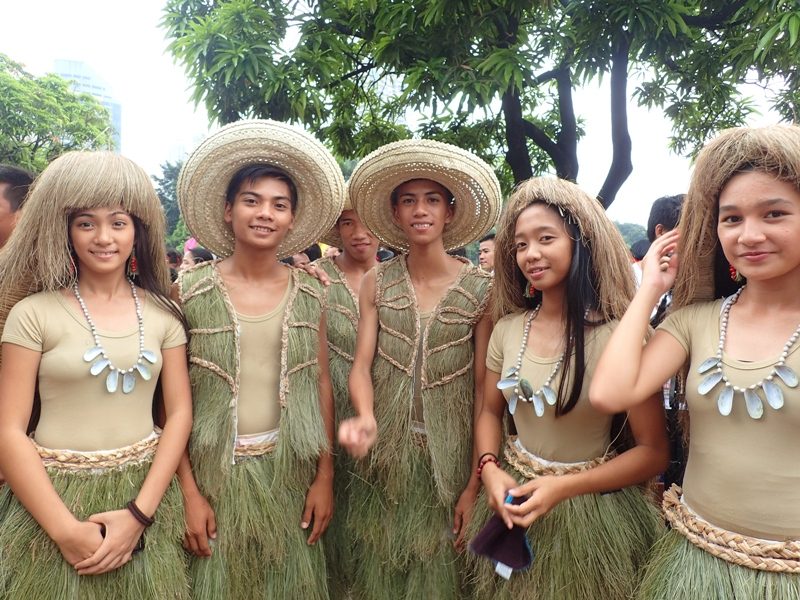
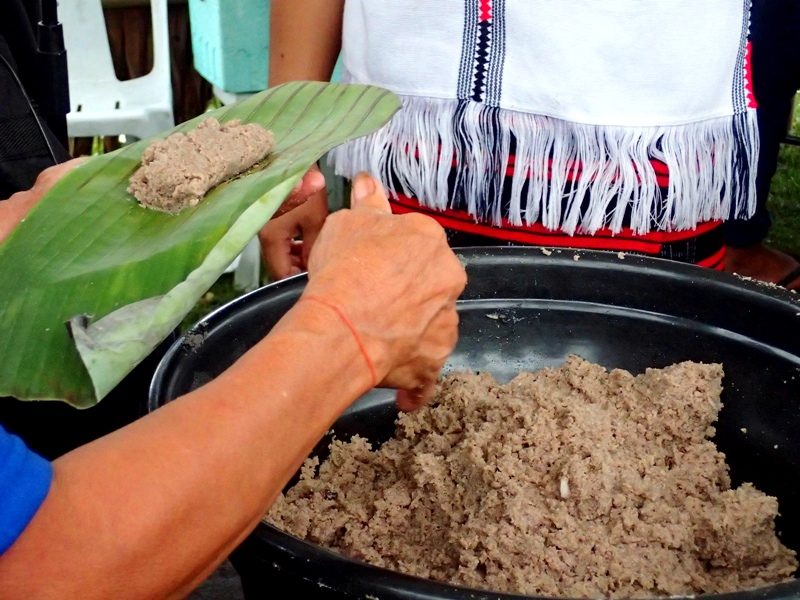
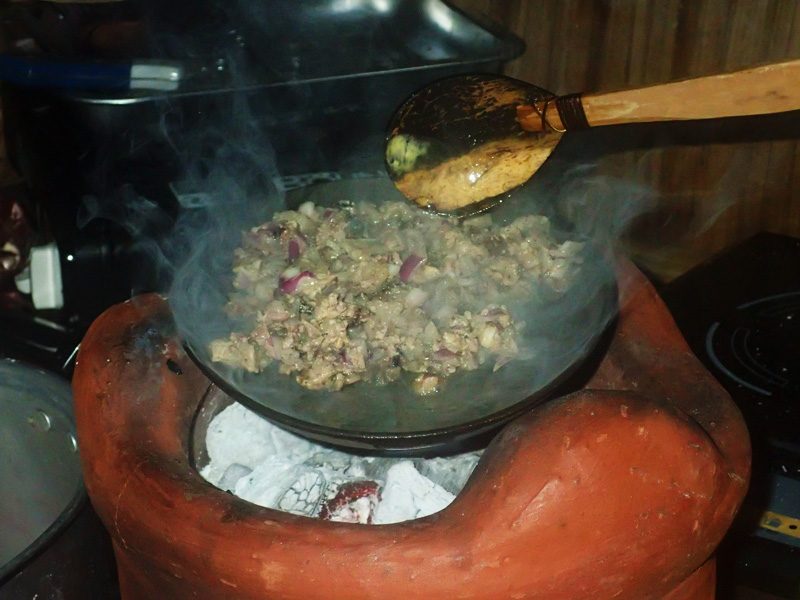
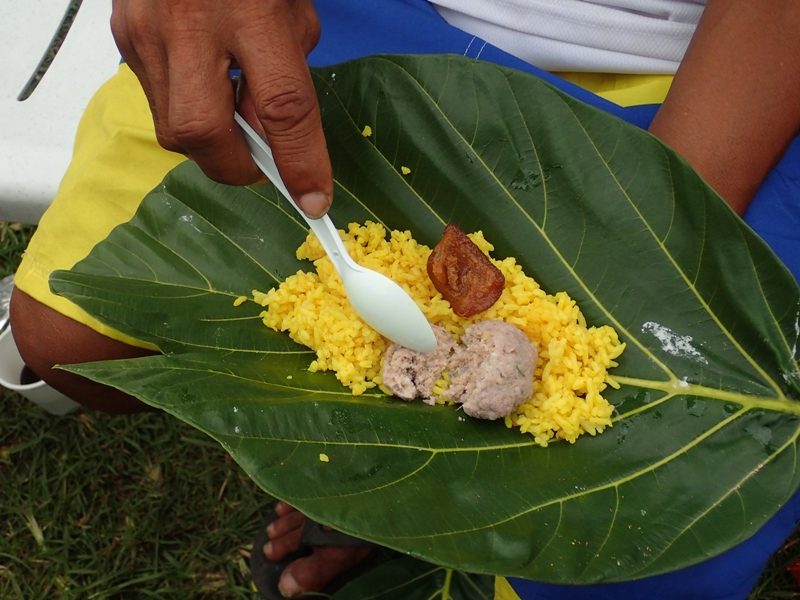
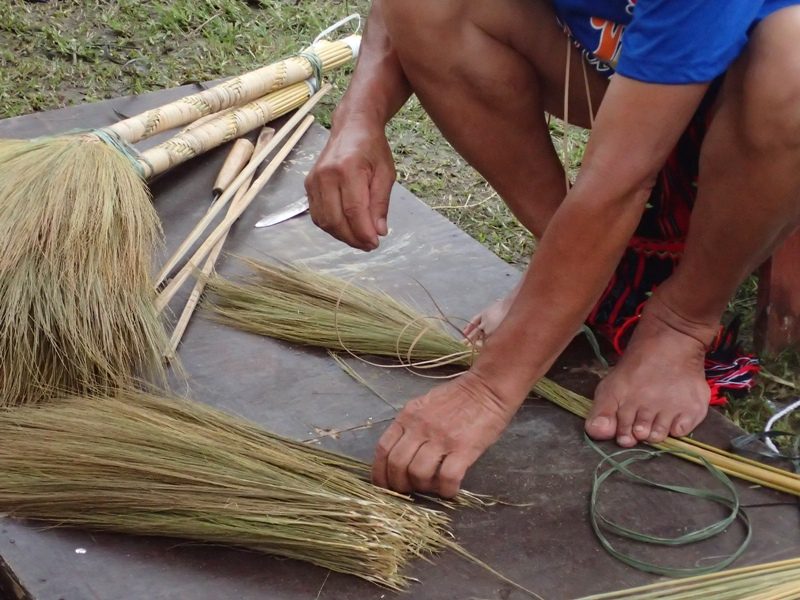
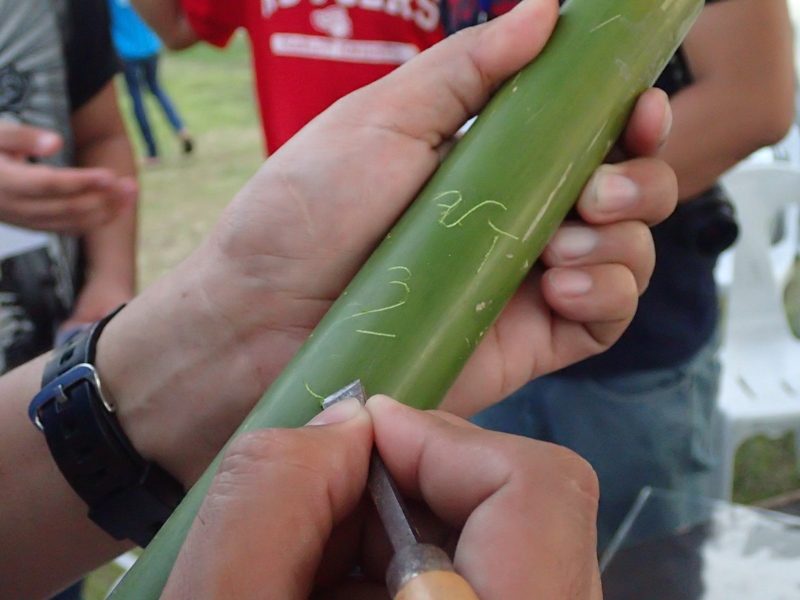
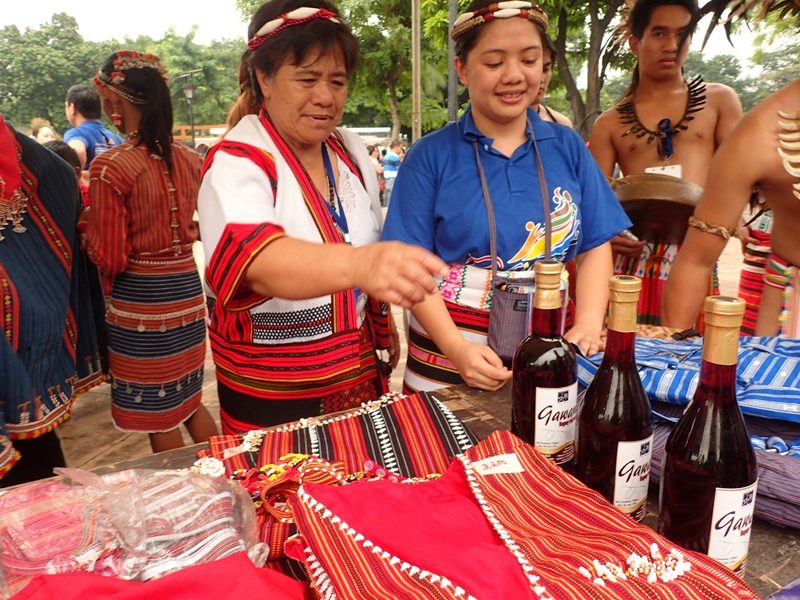
Aside from indigenous groups around the Philippines, groups from other Asian countries Thailand, Indonesia, Malaysia, Vietnam, Laos, and Korea also came, with some even performing their traditional dances.
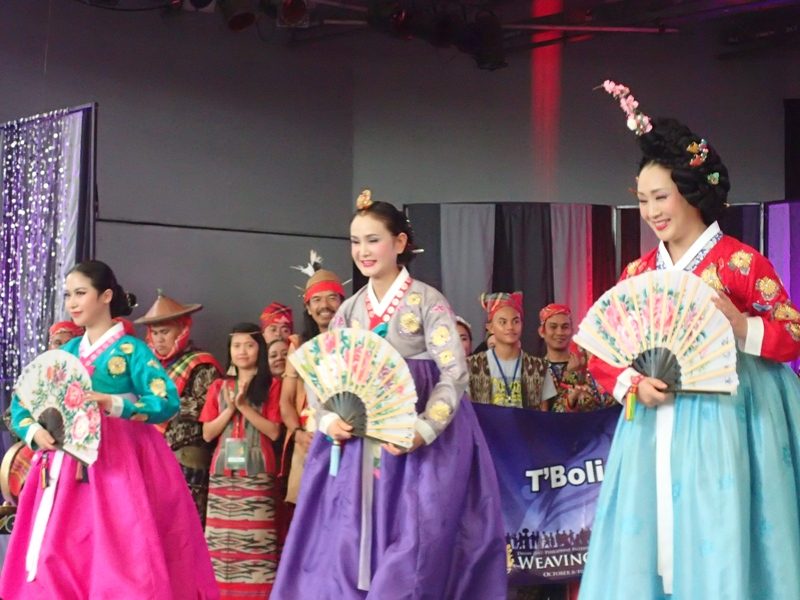
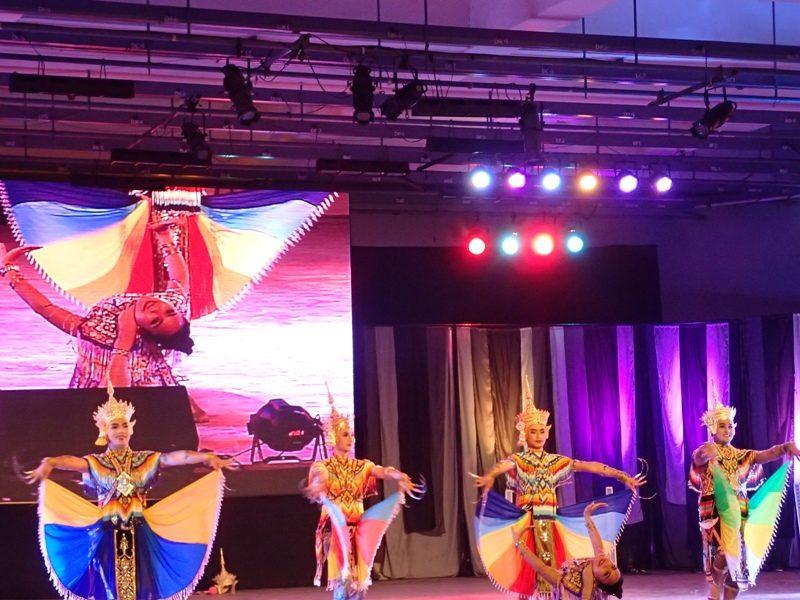
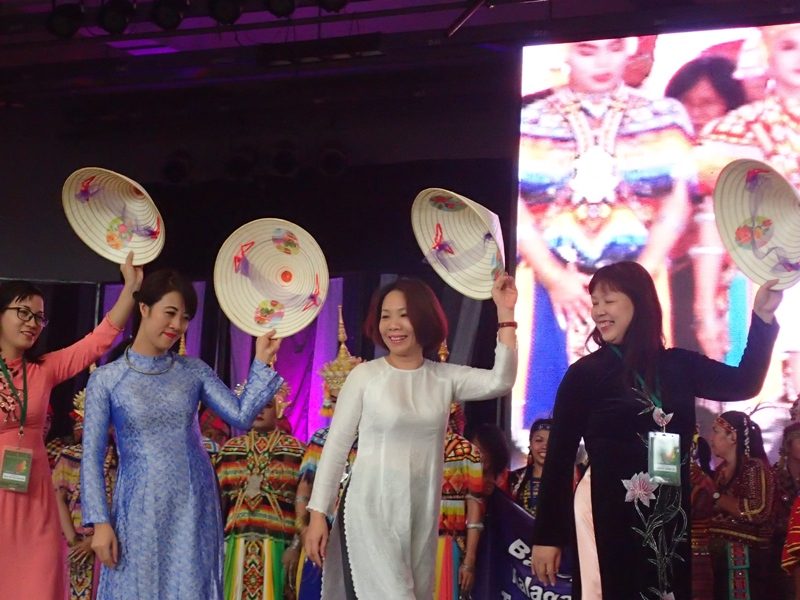
During night time, the different indigenous peoples’ groups and other Filipino dance groups also performed.
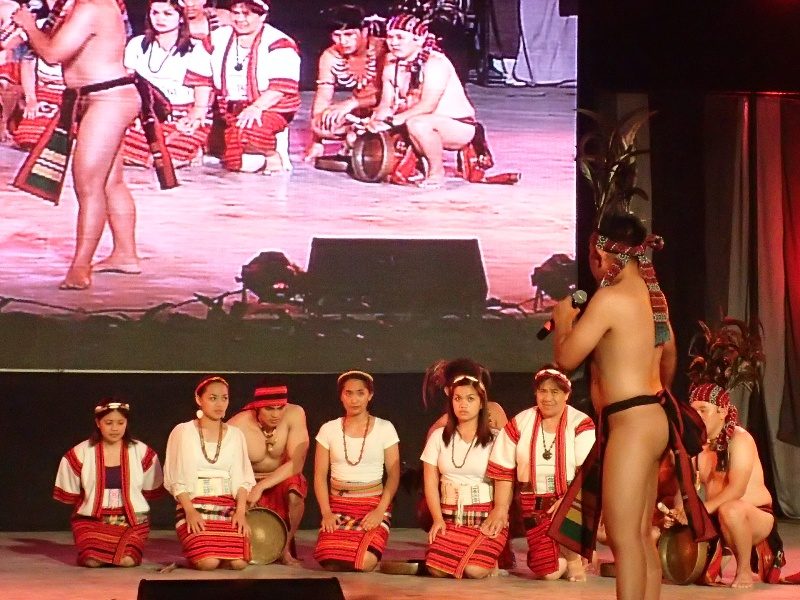
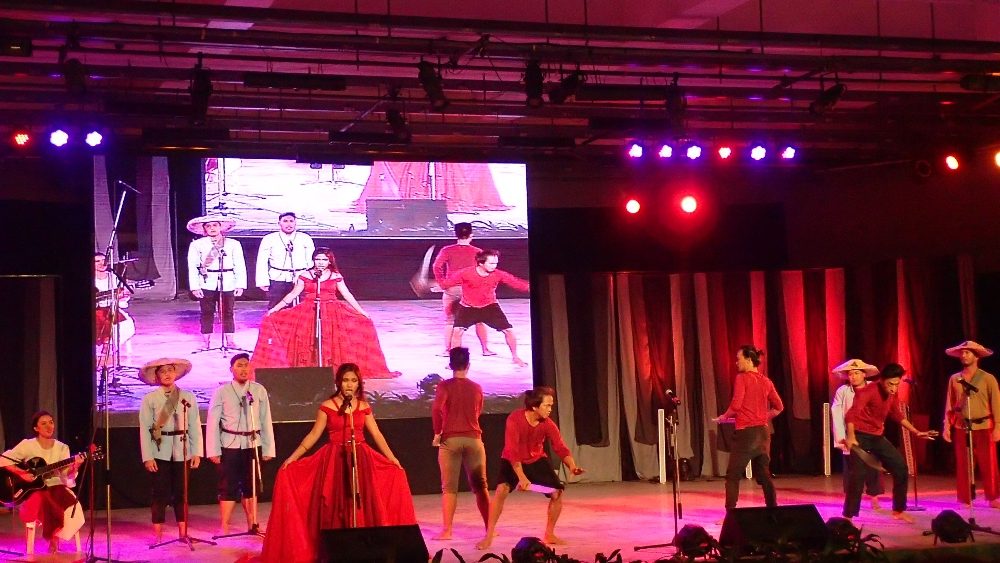
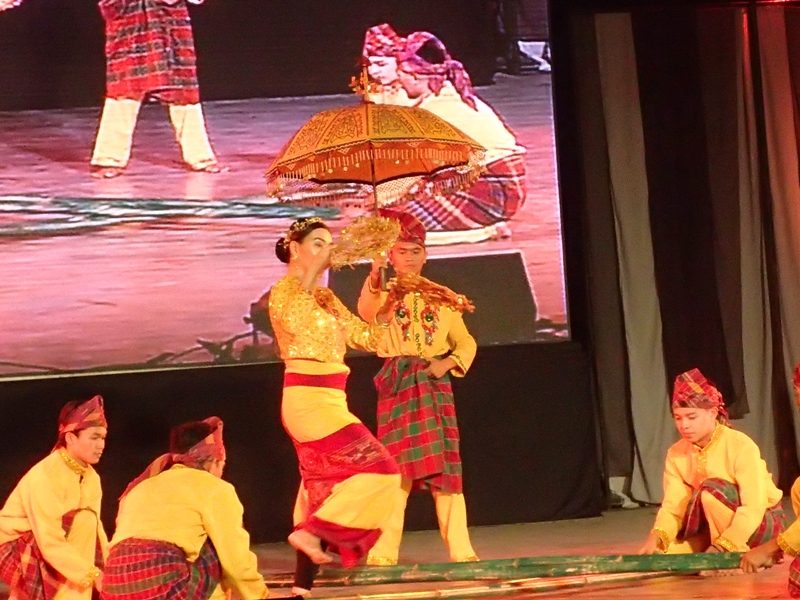
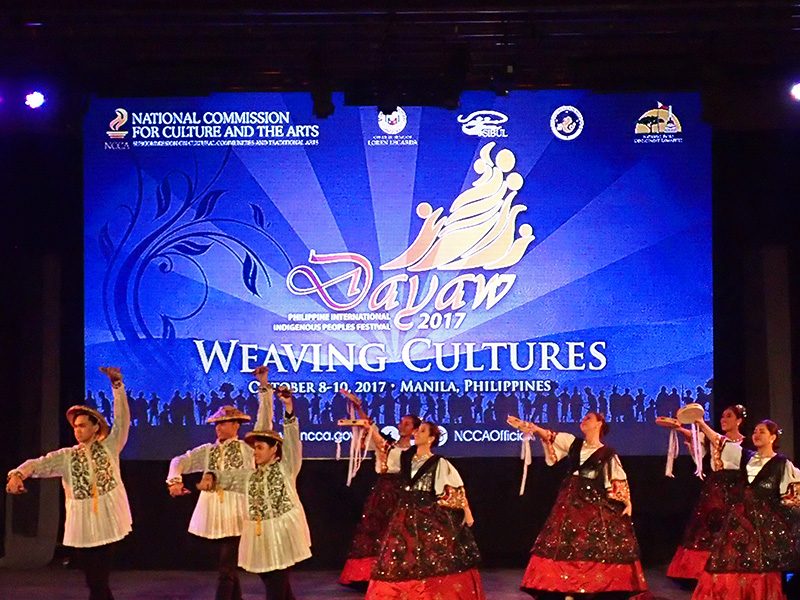
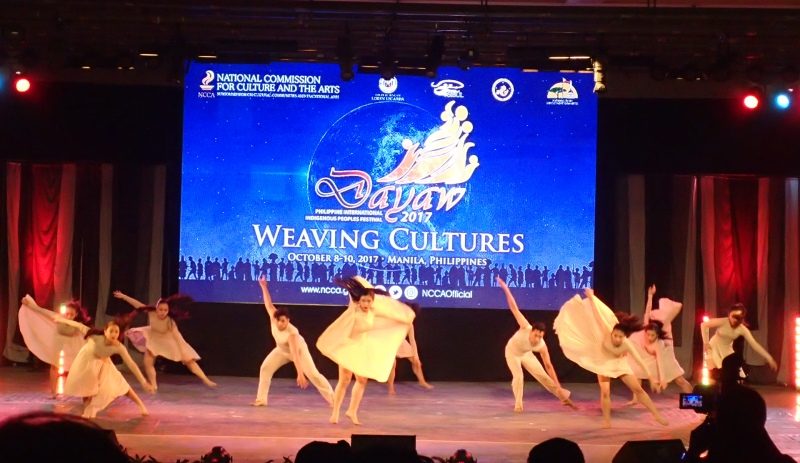
Aside from performing for the public, the indigenous peoples and participants from other countries also shared their culture through visiting different schools in Metro Manila, as well as SM Mall of Asia, and performing their traditional dances. At the Mall of Asia is also an exhibit of cultural masters’ works , especially those by National Living Treasures, or Gawad Manlilikha ng Bayan (GAMABA).
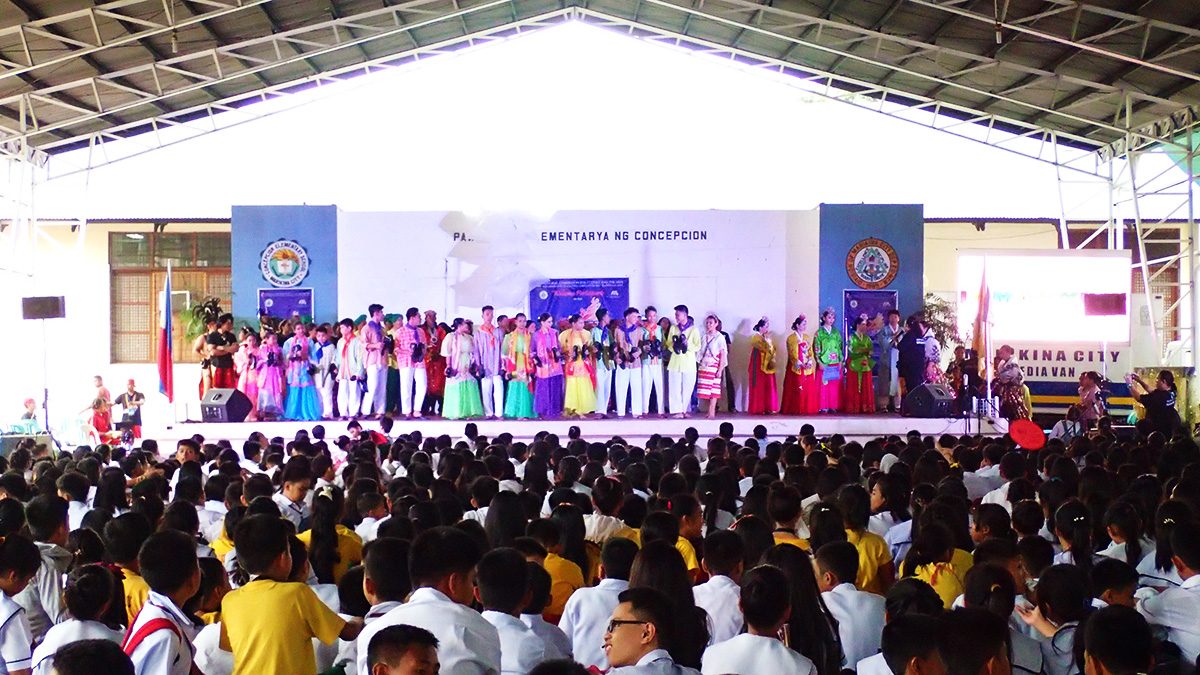
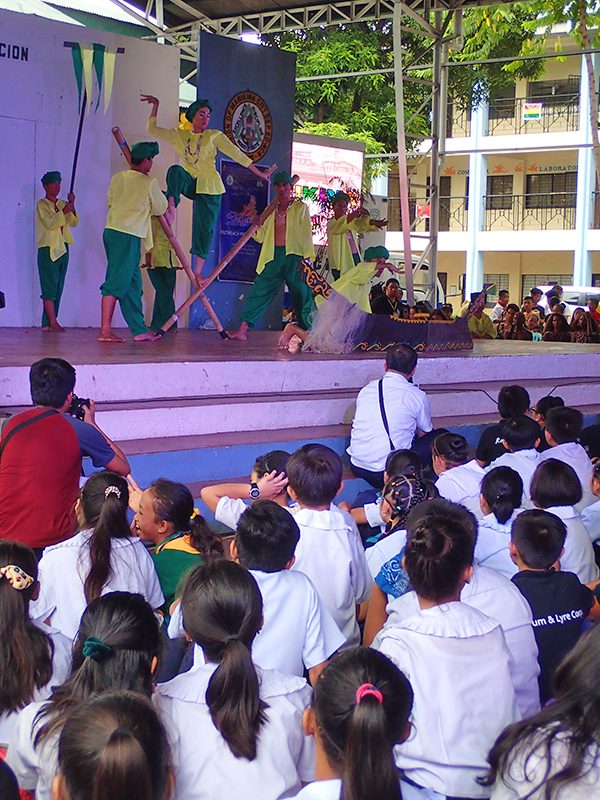
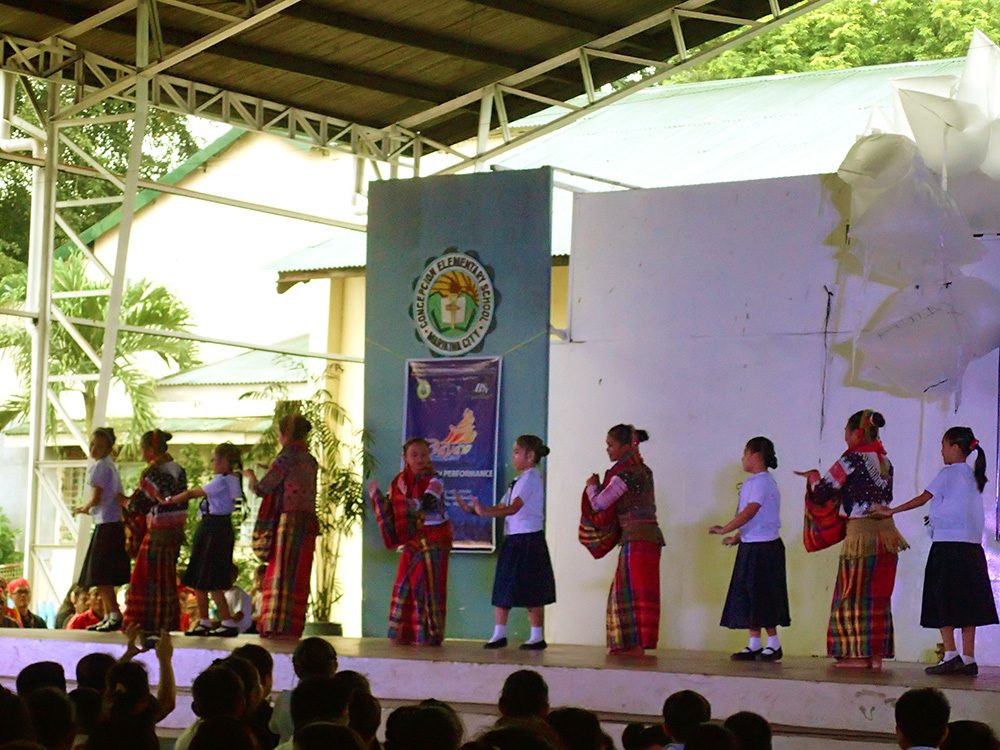
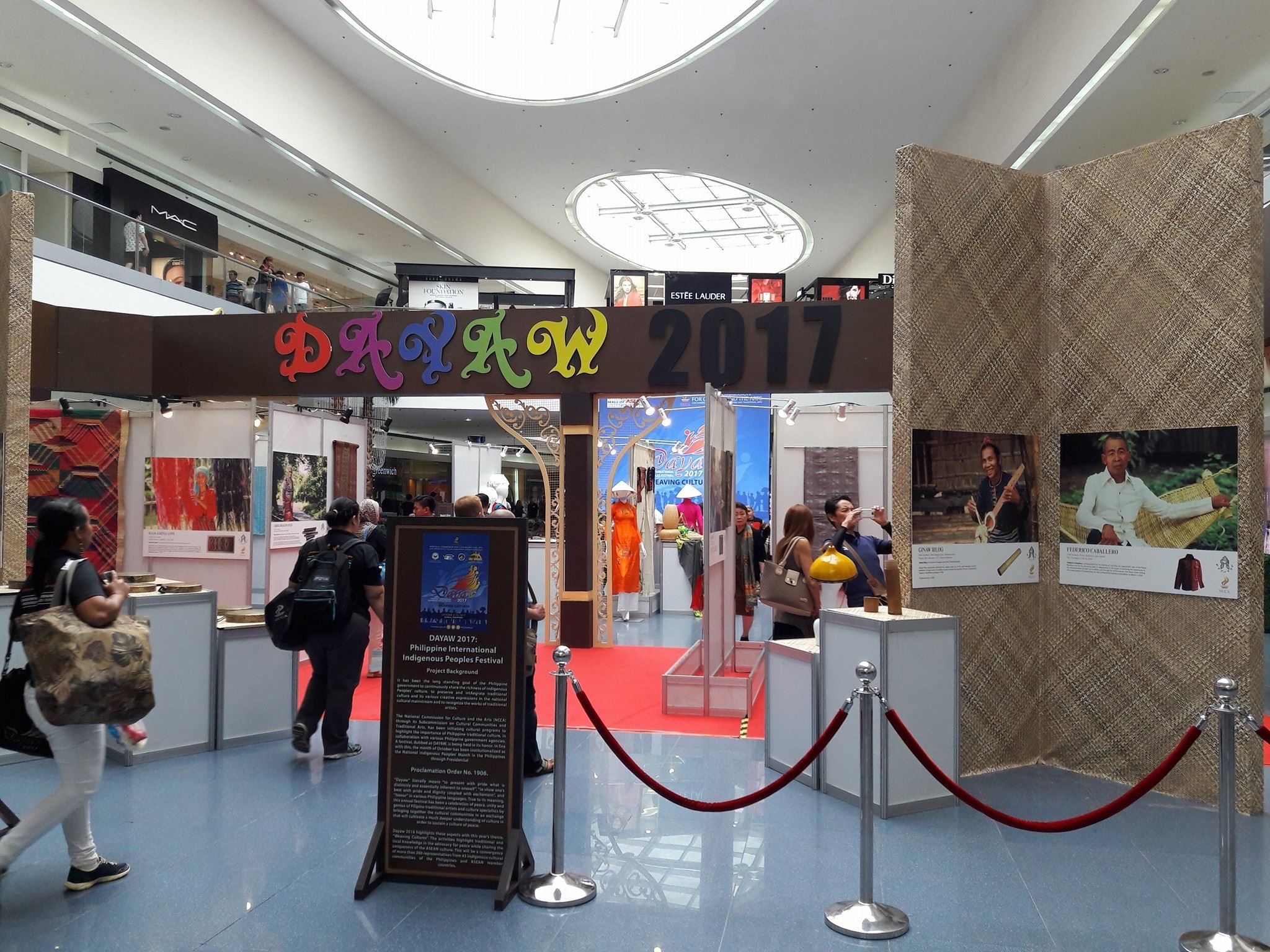
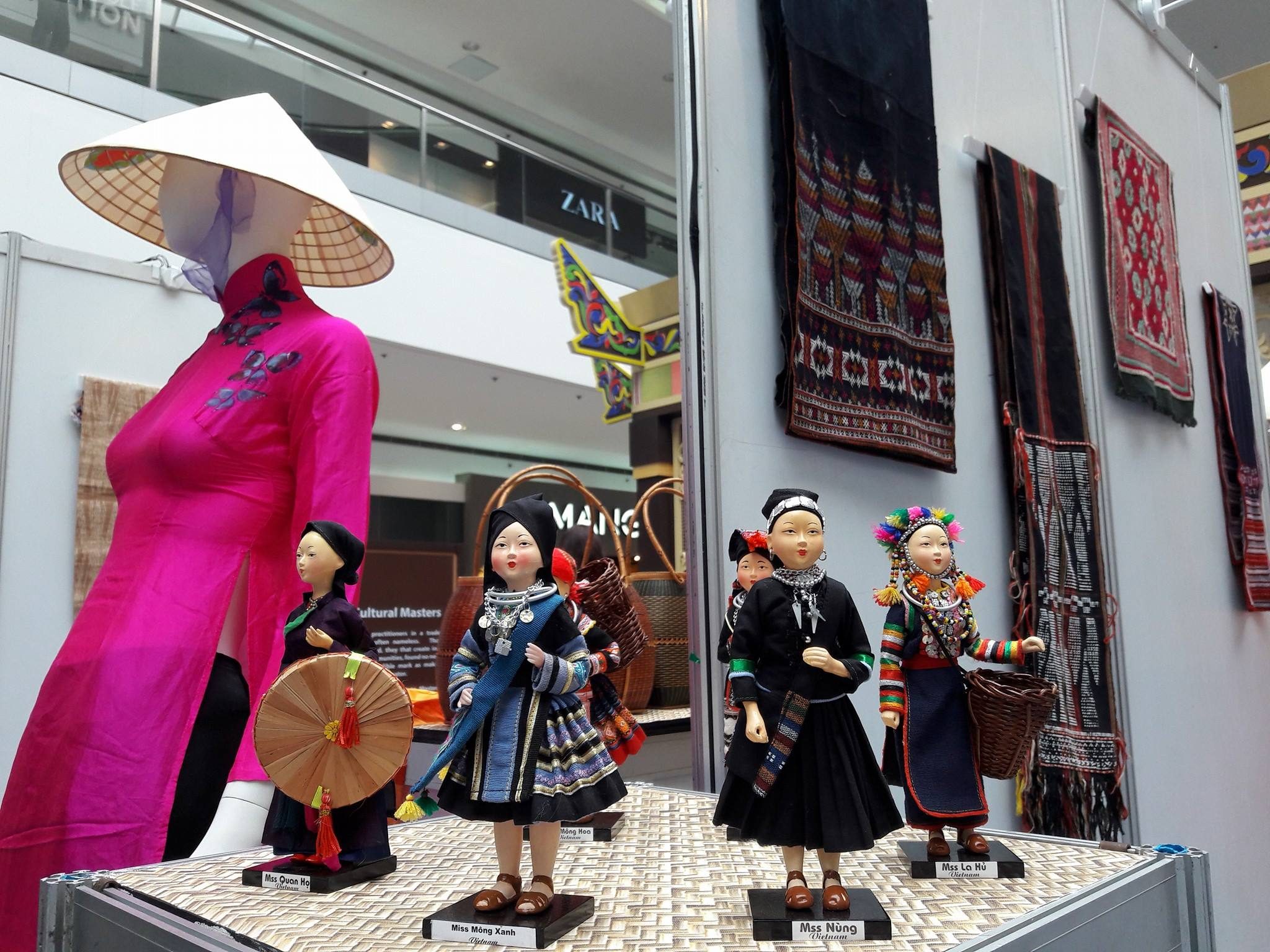
On October 10, the last day of the festival, different indigenous peoples’ groups shared success stories and best practices from their own communities on relevant issues like passing on and teaching indigenous traditions to the youth.
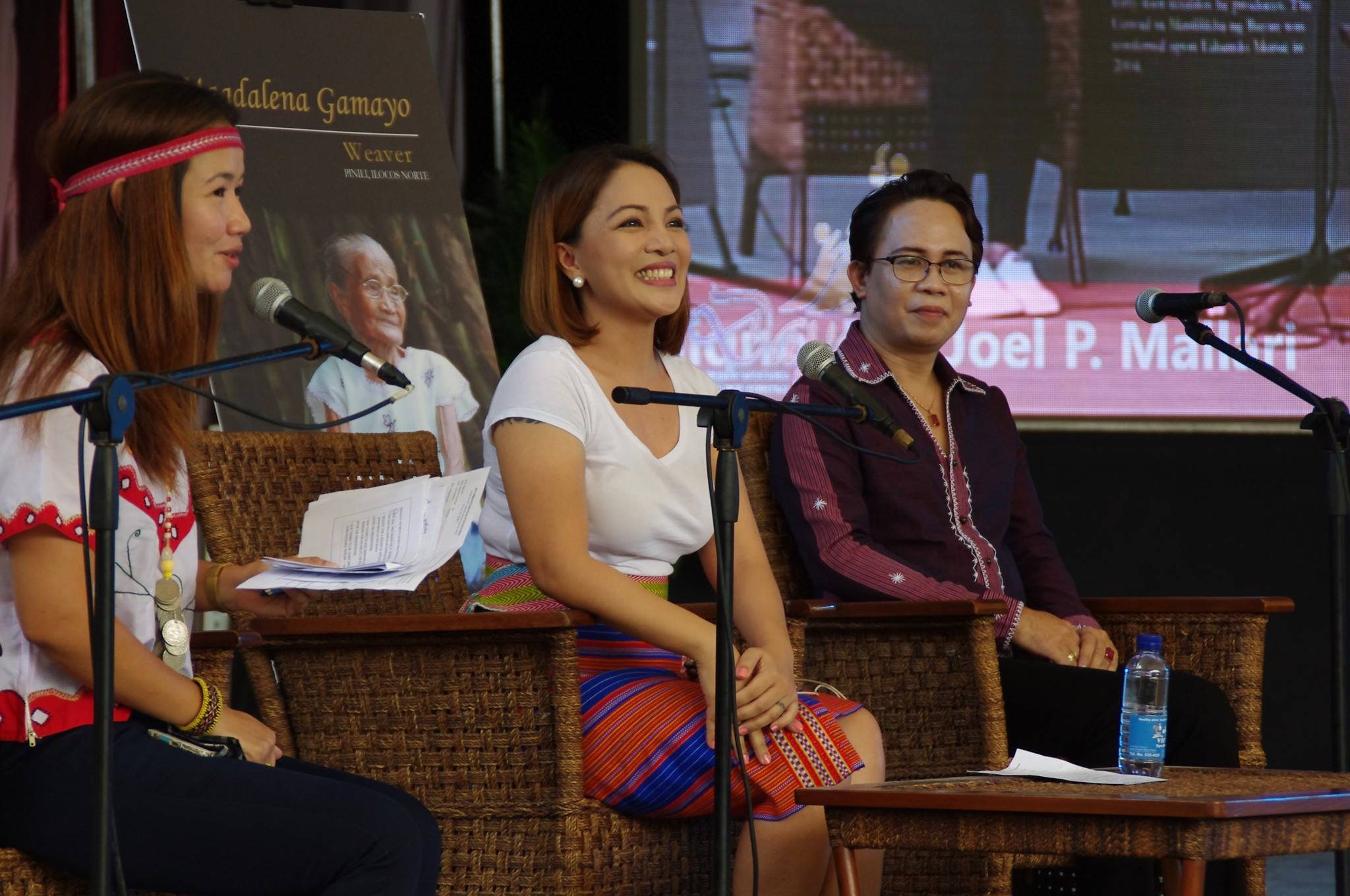
At night, the festival ended with more cultural performances and an awarding of cultural teachers instrumental to preserving their respective communities’ culture. Dayaw culminated with a community bonfire, where festival participants frolicked and danced around in a circle.
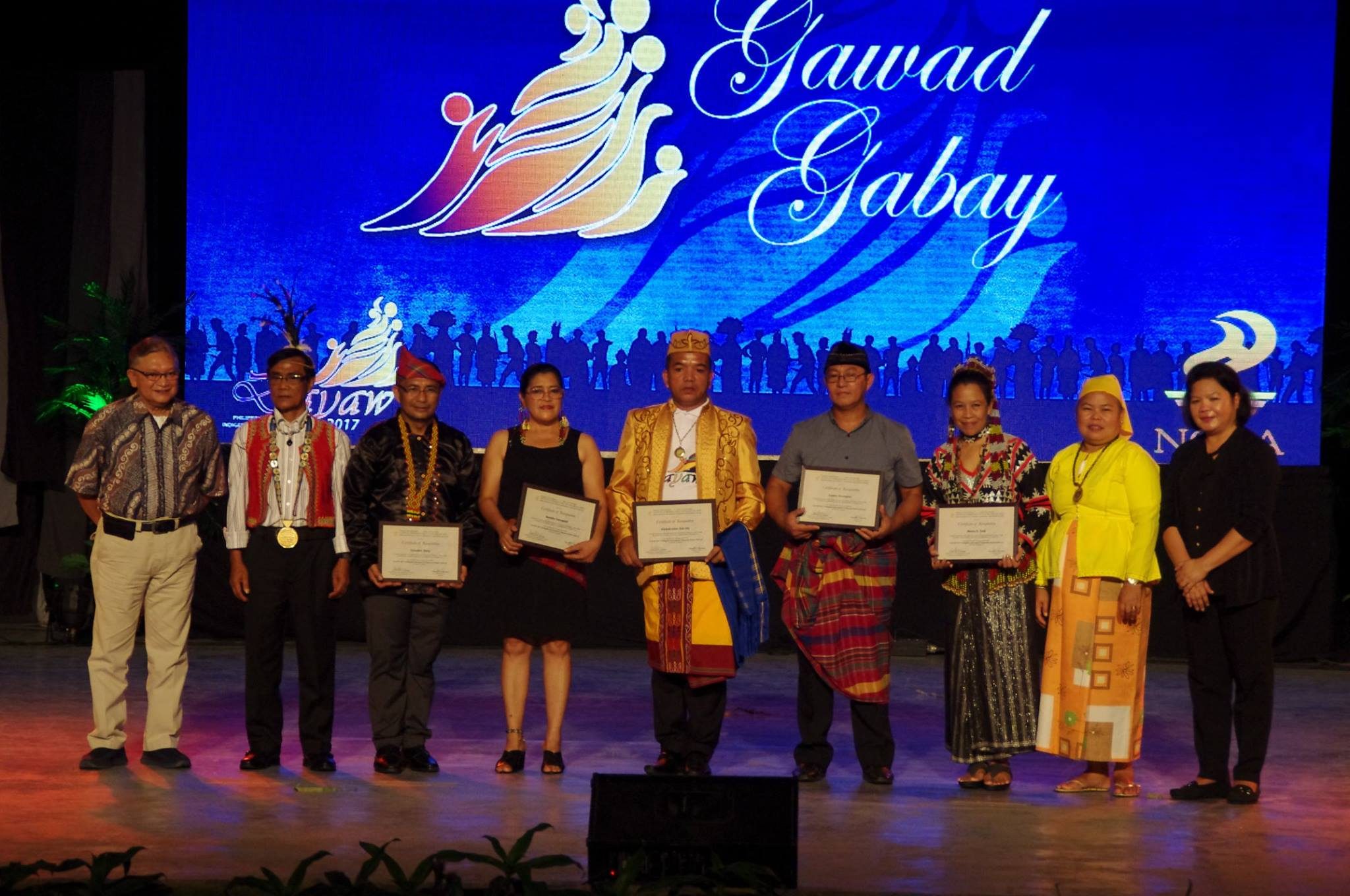
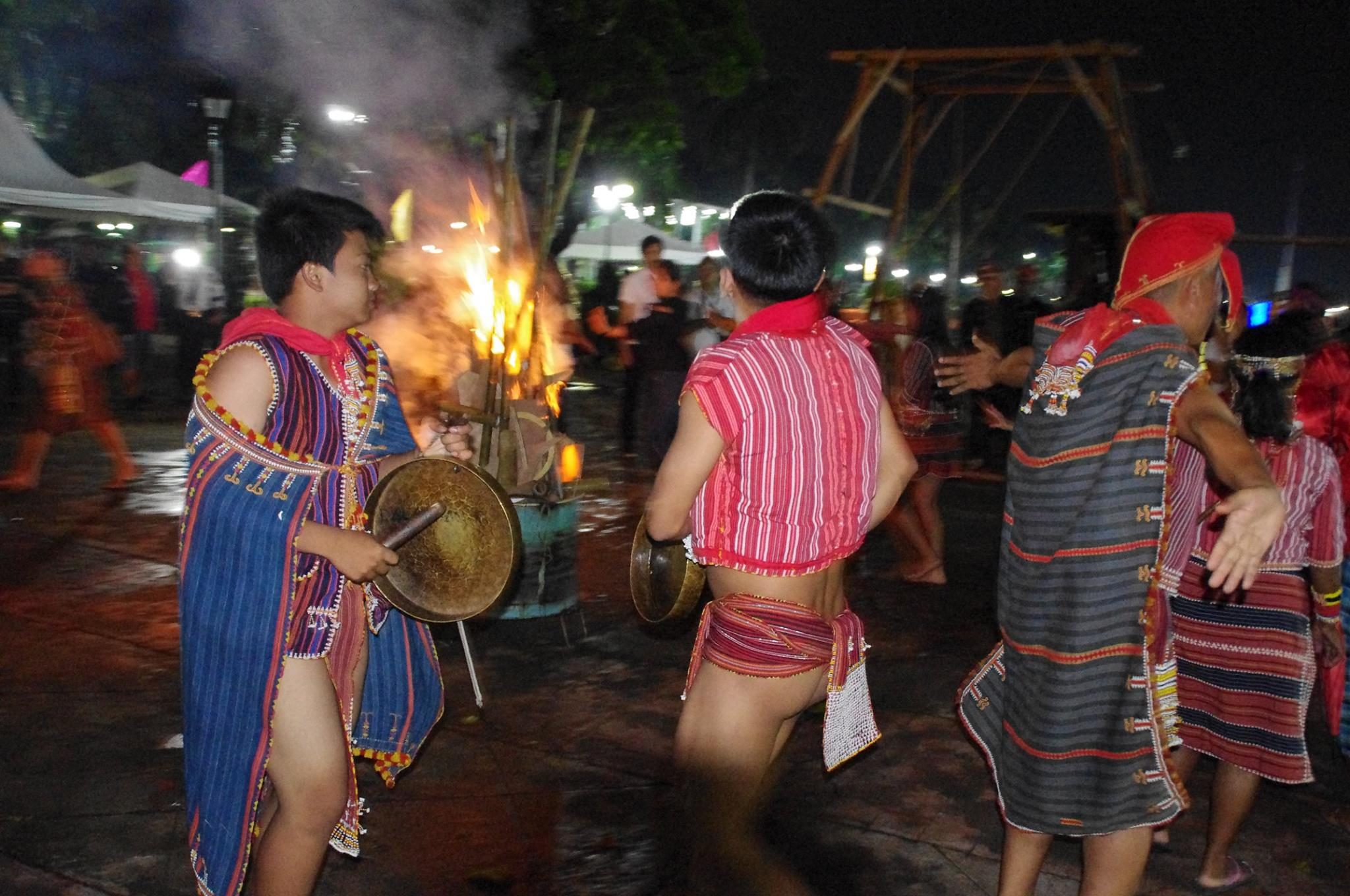
– Rappler.com
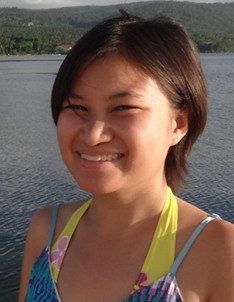
Claire Madarang is a writer, researcher, and documenter whose work and wanderlust takes her to adventures like backpacking for seven weeks and exploring remote islands and bustling cities alike. Follow her adventures, travel tips, and epiphanies at Traveling Light.
Add a comment
How does this make you feel?
There are no comments yet. Add your comment to start the conversation.